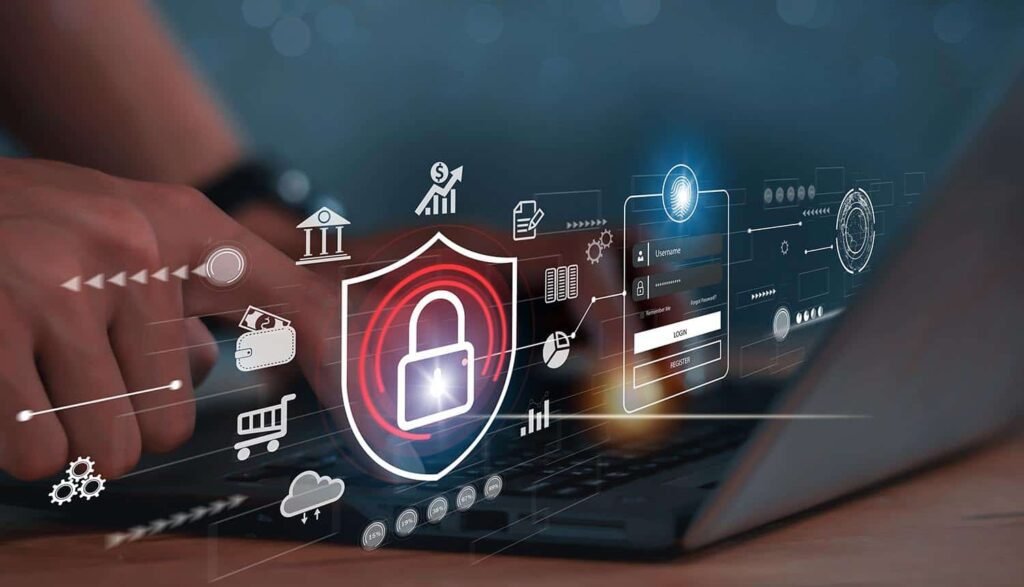
1: Understanding the Landscape of Edu-Tech Cyber Threats
The digital classroom has become a prime target for cyber threats due to the increasing reliance on technology in education. This topic provides an overview of the cyber threats facing edu-tech platforms, including data breaches, phishing attacks, ransomware, and unauthorized access. Understanding the diverse range of cyber threats is essential for educators and edu-tech providers to implement effective security measures and protect sensitive student data and educational resources.
2: Vulnerabilities in Online Learning Platforms
Online learning platforms are susceptible to various vulnerabilities that can compromise the integrity and security of the digital classroom. This topic explores common vulnerabilities in edu-tech platforms, such as weak authentication mechanisms, insecure APIs, and insufficient data encryption. Edu-tech providers must address these vulnerabilities to prevent unauthorized access, data breaches, and other cyber attacks that could disrupt learning activities and compromise student privacy.
3: Data Privacy and Protection in Edu-Tech
Protecting student data privacy is paramount in the digital classroom, where sensitive information is collected, processed, and stored by edu-tech platforms. This topic examines the importance of data privacy and protection measures in edu-tech, including compliance with regulations such as the Family Educational Rights and Privacy Act (FERPA) and the Children’s Online Privacy Protection Act (COPPA). Edu-tech providers must implement robust data privacy policies, encryption techniques, and access controls to safeguard student data and ensure compliance with legal and regulatory requirements.
4: Securing Remote Learning Environments
The shift to remote learning has introduced new cybersecurity challenges for educators and students alike. This topic explores strategies for securing remote learning environments, including securing video conferencing platforms, protecting against Zoombombing attacks, and implementing secure authentication methods for remote access to educational resources. Edu-tech providers must collaborate with educators and IT administrators to address security concerns and ensure that remote learning environments are protected from cyber threats.
5: Educating Students and Educators on Cybersecurity Best Practices
Cybersecurity awareness and education are essential for empowering students and educators to recognize and mitigate cyber threats in the digital classroom. This topic examines the importance of educating students and educators on cybersecurity best practices, such as password hygiene, safe browsing habits, and identifying phishing attempts. By providing cybersecurity training and resources, edu-tech providers can help students and educators develop the skills and knowledge needed to protect themselves against cyber threats and contribute to a safer digital learning environment.
6: Collaborative Efforts to Enhance Edu-Tech Security
Enhancing security in the digital classroom requires collaborative efforts among edu-tech providers, educators, policymakers, and cybersecurity experts. This topic explores the importance of collaboration in addressing edu-tech cyber challenges, including sharing threat intelligence, developing industry standards and best practices, and advocating for increased funding and resources for cybersecurity initiatives in education. By working together, stakeholders can strengthen the cyber resilience of edu-tech platforms, protect student privacy, and ensure that the digital classroom remains a safe and secure environment for learning.

